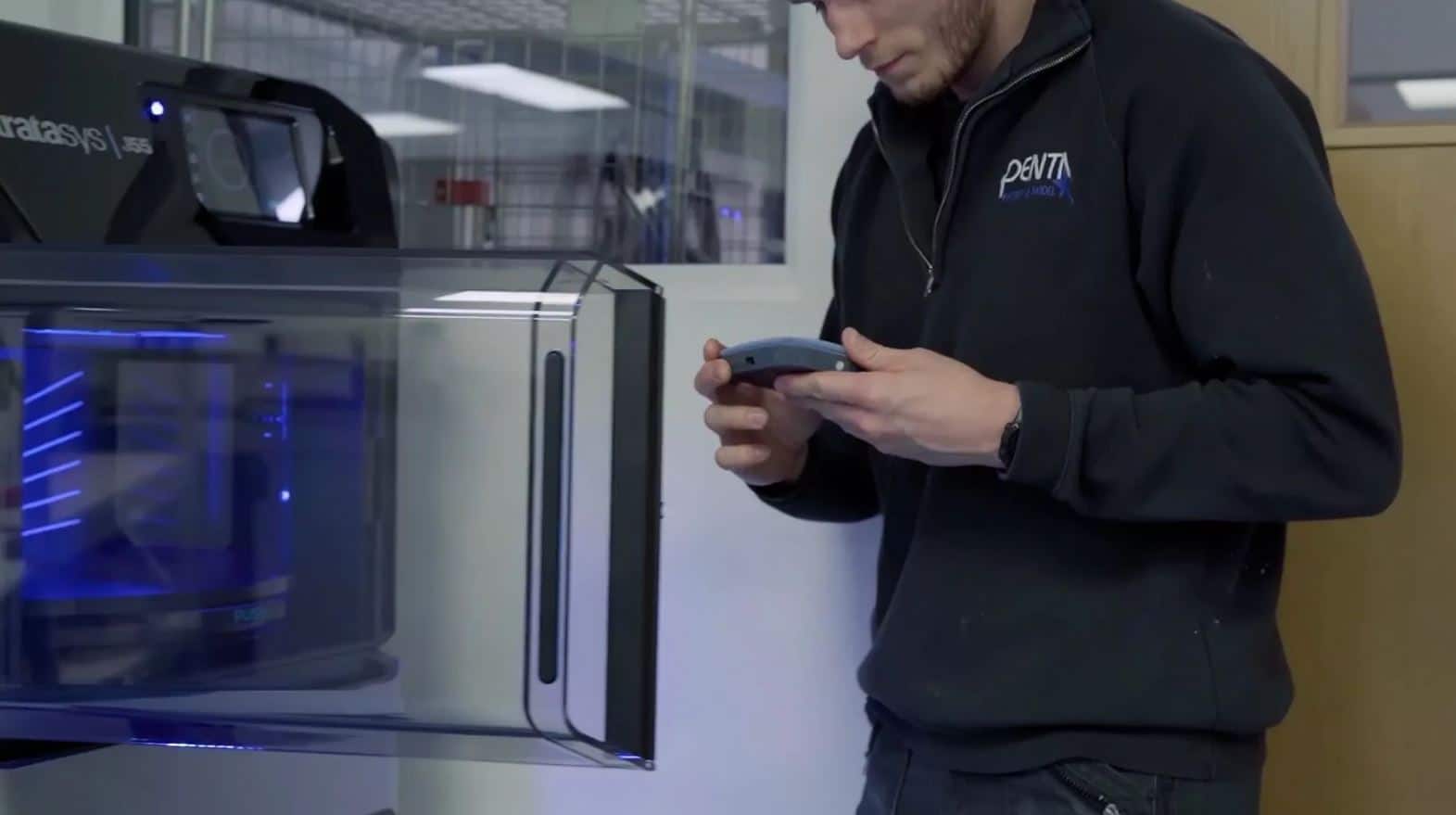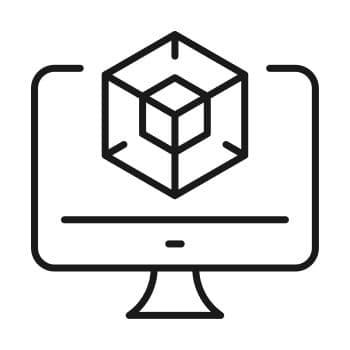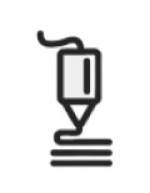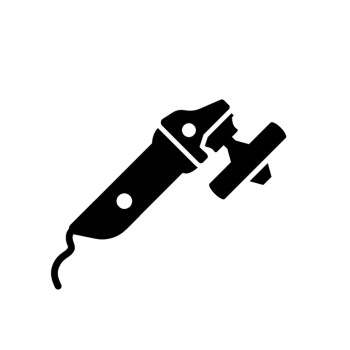
Where It All Began
The earliest 3D printers date back to the 80s. When they first came out, this type of manufacturing was known as rapid prototyping. In the beginning, rapid prototyping was thought to be an excellent method of quickly producing simple products. And the same concept is true today, although 3D printers have improved significantly in recent years.
How 3D Printers Work
3D Printing is an additive manufacturing process, where your project is built layer by layer with the material you choose. And like any method of manufacture, it is based on a series of processes. These processes follow a similar structure to most other manufacturing processes in that a sequence develops into a physical product. Here are the steps for our 3D printing service:
Modelling: Creating an accurate CAD model of the product you want to print.
Slicing: An accurate calculation of the filament needed to create your product.
Printing: A layer-by-layer process of filament application to make your model.
Post-processing: The finishing touches, such as sanding, to complete the product.
As you can see, the process of 3D printing isn’t as complex as you might think. Of course, the technology is revolutionary. But when you break it down, it simply consists of four steps. However, the quality of your finished product depends on how well each step is done. Which is why it is important that you choose the right supplier to work with.
At Penta Patterns, our highly skilled team have the knowledge and access to state-of-the-art technology which allows us to seamlessly take you through each step of the 3D printing process.
What Can be 3D Printed?
You are probably wondering what kind of things PolyJet 3D printing can help you achieve? With over 2,000+ Pantone colours available in over 640,000 unique combinations, the ability to produce clear and opaque designs or even print in materials able to mimic other materials leaves you with endless possibilities! Here’s some examples of 3D printed products that we can provide for you:
Jigs and fixtures
Composite tooling
Models
Rapid prototyping
Production parts
3D printing can be applied across a wide range of industries such as aerospace, automotive, art and design, medical, dental, consumer goods, education and rail. Which means there’s something to benefit everyone. So, whether you require small scale bespoke furniture models or sports car components such as vents and caps, we have the solution you need.
The process stages ...
1. Initial discussion

So, what is the process? Well, it starts with an initial discussion with our expert sales team who will take their time to listen to your ideas and find the best solution for your project. In this stage, we’ll work with you to select the right materials, print size, colours and finishes in order to provide you with the most accurate quote and to ensure you get the highest quality end product.
Once everything is finalised and you have accepted the quote, we’ll get right to work!
2. CAD work

The next step is to make sure we have the correct CAD data to begin the project. If you already have a CAD model, you can send us the file to work with. Our software can support a variety of model formats and file types, including mesh data from STL and OBJ files, as well as surface or solid data in STEP and IGES files. Alternatively, we can do the CAD work for you. We are also able to use our CAD software to scale up the data to make the final product bigger.
Got a physical item that you want recreating? We can use our 3D scanning equipment to scan the object and use that scan data to accurately replicate the item in a digital format.
Once all of the modellings is done, we will use slicing software to convert the 3D model into a set of instructions that the 3D printer will understand and use to print your piece.
3. Printing

Now we’ve reached the printing stage, you can sit back and relax whilst the printer gets to work!
The kind of 3D printer we have uses PolyJet which is a powerful 3D printing technology that produces smooth, accurate parts, prototypes and tooling. The PolyJet 3D printer jets layers of curable liquid photopolymer onto a round print tray, creating exceptional detail, surface smoothness and precision. It also reaches accuracies down to 0.014 mm!
The print tray has up to 1,174cm2 (182 in2) and a print height of 190mm (7.48 in) and is capable of printing multiple parts at the same time.
Most people believe that 3D printers can only print with plastics. But this isn’t true. The materials you use are dictated by the product and finish you want. Our printer can print in up to 5 materials at once and includes materials such as:
resin
plastic
rubber
ABS
Whilst it’s printing your parts, it will also print some support material around them. This is there to keep it stable and supported as it prints. When it’s finished printing, we remove the parts from the print bed and dunk the product into a solution which dissolves away the support material, leaving you with the finished product.
4. Finishing

After the parts have finished printing and the support material has been removed, depending on what colours and materials you went for, as well as if you opted for a smooth or textured print, the part can be finished in-house for you. This could include sanding, polishing or lacquering. However, this isn’t always necessary as the quality of the machine leaves parts with fantastic finishes straight off the machine!
TALK TO THE EXPERTS
Established in 1985, we have built a strong reputation for manufacturing excellent products within tight timescales and to extremely high tolerances. In order to achieve this, we use state of the art equipment and traditional, time honoured processes and skills.
Call us on:
01455 890 571
Email us at:
sales@pentapatterns.co.uk